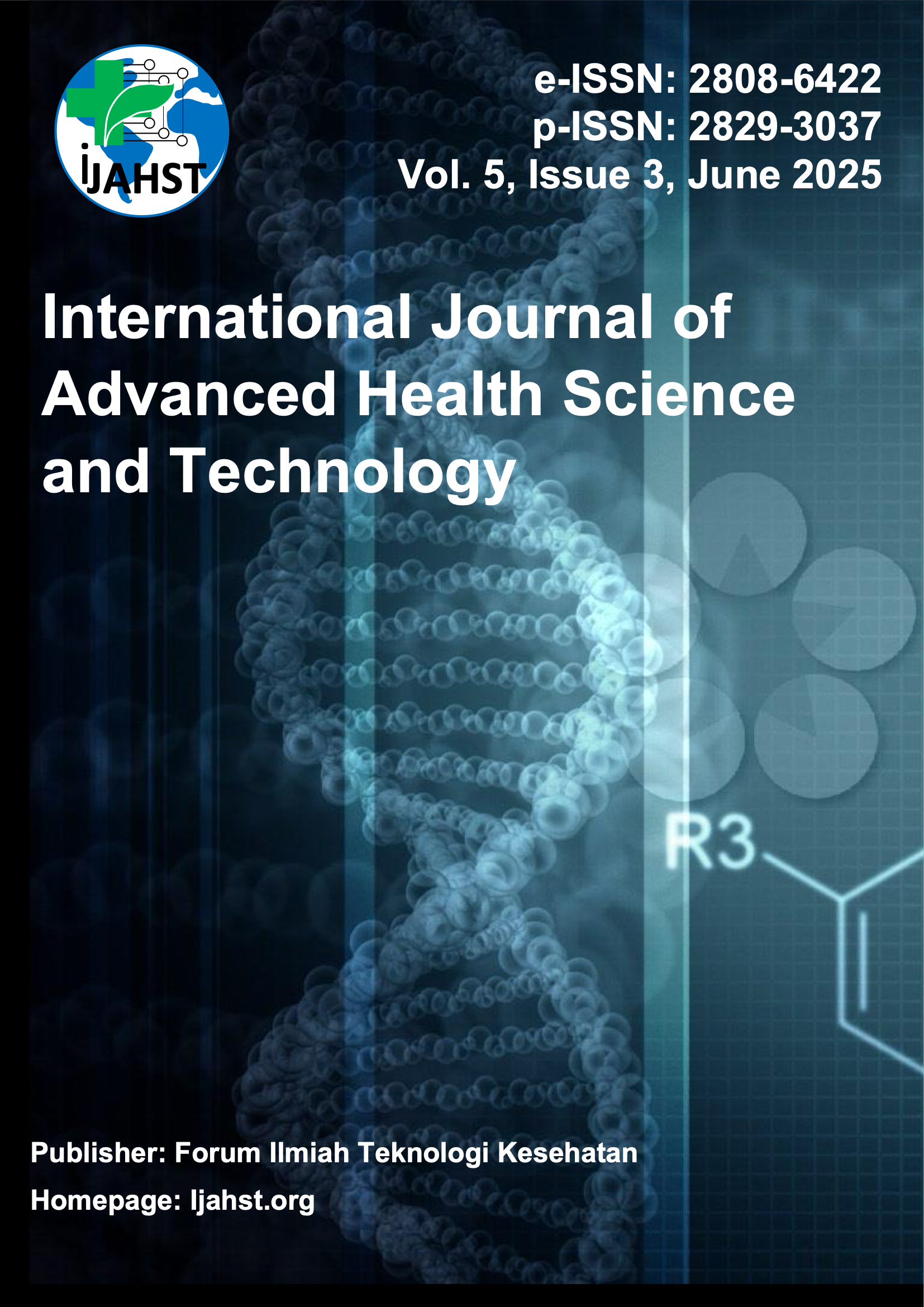Effect of Animated Video Education on Knowledge and Compliance of Fe Tablet Consumption in the Prevention of Anemia in Adolescents
Abstract
Anemia is a major health problem in adolescent girls that can have an impact on learning achievement, productivity, and overall health. One of the interventions carried out to reduce the prevalence of anemia is the administration of blood supplement tablets (TTD). However, the compliance rate of TTD consumption among adolescent girls is still low. This study seeks to examine the impact of educational interventions utilizing animated video media on the awareness and adherence to Fe tablet consumption for the prevention of anemia among adolescent girls at SMP Negeri 3 Bojonegoro. The research employs a pre-experimental methodology characterized by a one-group pre-test post-test design. The sampling technique implemented was cluster sampling, with a total of 55 adolescents serving as participants. The results showed that education with animated video media significantly increased knowledge and compliance with TTD consumption with a p-value of 0.000 and 0.004. Before being educated, most of the respondents had a low level of knowledge and compliance with TTD consumption. After being educated, there was an increase in the knowledge aspect by 69% and an increase in the compliance aspect by 62%. Thus, education using animated video media has proven to be effective in increasing the knowledge and adherence of young women to TTD consumption and can be used as a good learning medium for young women at junior high school age. While the findings are promising, the single-group design and limited setting highlight the need for future studies using more rigorous experimental methods and broader population coverage.
Full text article
Authors
Copyright (c) 2025 Nadifa Salsa Andriyani, Siti Nur Kholifah, Sari Luthfiyah, Dwi Adji Norontoko

This work is licensed under a Creative Commons Attribution-ShareAlike 4.0 International License.
Authors who publish with this journal agree to the following terms:
- Authors retain copyright and grant the journal right of first publication with the work simultaneously licensed under a Creative Commons Attribution-ShareAlikel 4.0 International (CC BY-SA 4.0) that allows others to share the work with an acknowledgement of the work's authorship and initial publication in this journal.
- Authors are able to enter into separate, additional contractual arrangements for the non-exclusive distribution of the journal's published version of the work (e.g., post it to an institutional repository or publish it in a book), with an acknowledgement of its initial publication in this journal.
- Authors are permitted and encouraged to post their work online (e.g., in institutional repositories or on their website) prior to and during the submission process, as it can lead to productive exchanges, as well as earlier and greater citation of published work (See The Effect of Open Access).

